Chrysanthemums are a popular plant to grow at home. And it’s clear to see why; they have beautiful looking flowers and can add some bright colours to any garden. While they aren’t the trickiest to grow, like all plants, knowing the optimal way to go about growing them can be the difference between mediocre blooms and outstanding ones.
The internet is full of resources but the problem is that they’re all over the place. When you need a solution to a specific problem it can be hard finding the right one for you.
Not to mention that it’s hard to figure out which ones are useful and which ones are frivolous. Especially if you’re new to growing chrysanthemums!
With the help of lots of people in the ‘mum community, we’ve put together a list of great content, along with some visuals of our own to make the process of consistently growing amazing chrysanthemums as easy as following a recipe.
Chrysanthemums 101
Chrysanthemums (or simply “mums”) are a flowering plant that are one of the most popular plants cultivated in the modern world.
It’s thought that they originated in China, where there’s evidence of their cultivation over 3000 years ago.
Since then they’ve become hugely popular in Japan, where the flower has become somewhat of a national symbol. They also have an powerful influence in Chinese culture. And, they are accepted as November birth flower.
They’re also a popular flower to cultivate in the West, with lots of active clubs for people to join.
Basic Growing Conditions
While there are lots of different types of chrysanthemums, each with their own particular needs, there are some basic guidelines you can follow if you only want to take in the minimal amount of information possible to grow ‘mums.
Rest assured! If you want to learn about how to grow the best mums possible, more detailed resources will be listed out later in this guide.
- Light: ‘Mums tend to like sun, so place them somewhere they can receive at least 5 hours per day.
- Soil: ‘Mums do best in soil that is fertile with plenty of drainage, so sandy or loamy soil tends to be best.
- Nutrition: ‘Mums are robust plants but if you want to get the most out of their blooms then you can help them out with some fertiliser during blooming season.
- Watering: Similar to their nutrient requirements, mums are pretty tough. Before they bloom, you can get away with watering them perhaps once a week. However, as blooming season approaches you’ll want to up the rate to two or three times a week to ensure that they flower as well as possible.
The Royal Horticultural Society has a great short guide on the basics of growing chrysanthemums:
How to Grow Chrysanthemums / RHS Gardening
Classifications of Chrysanthemums
While there’s a lot of variety among the various species of chrysanthemums, there is a more manageable list of generally accepted forms.
Exactly how many forms are accepted depends a little on where you live. In the United States the National Chrysanthemum Society lists 13 classes:
Chrysanthemum Classifications (USA)
In the UK they have a slightly different way of classifying things:
Chrysanthemum Classifications (UK)
To help you understand what each class looks like, here are some illustrations:

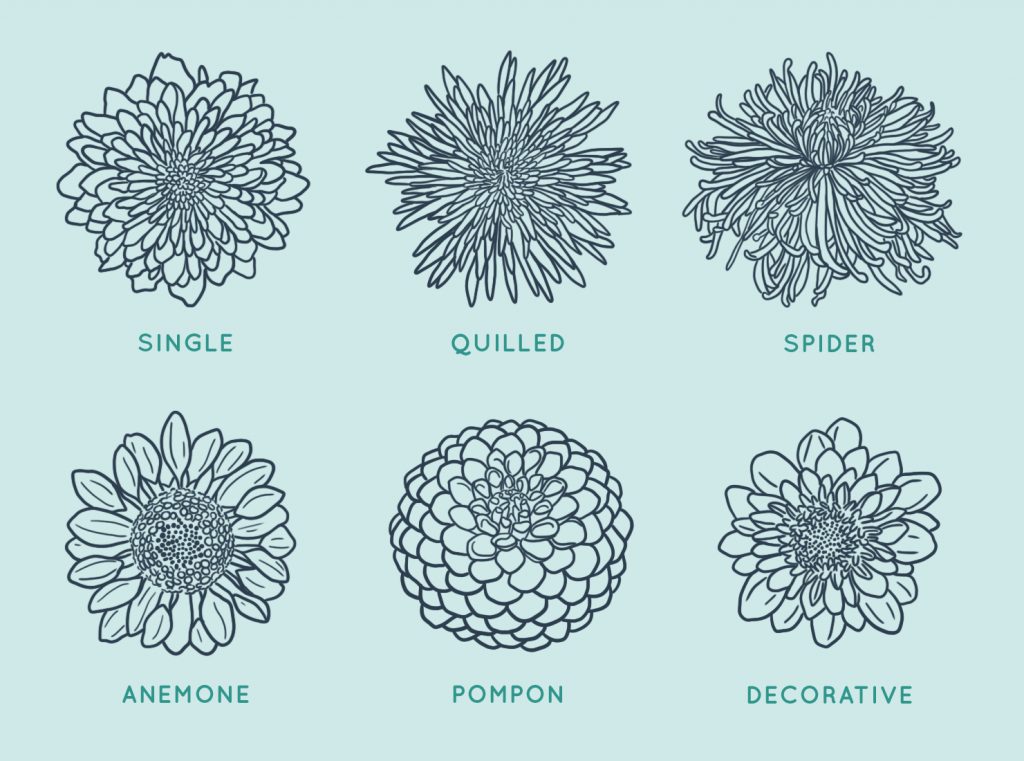
The above classifications really only matter if you plan on exhibiting your flowers at a show. If this is you, then ensuring that you enter your flowers into the right class is really important.
If you only care about growing flowers at home then it doesn’t matter what class they fit into; the only thing that matters in that case is that they bring you joy.
The Growth Cycle of Chrysanthemums
‘Mums tend to be grown in several stages. Most serious growers being by growing the plant from small cuttings.
Once the cutting develops a root system it’s then transferred to a small pot. As it grows larger it’s then transferred to larger and larger pots.
Here’s a quick look at how the process works:
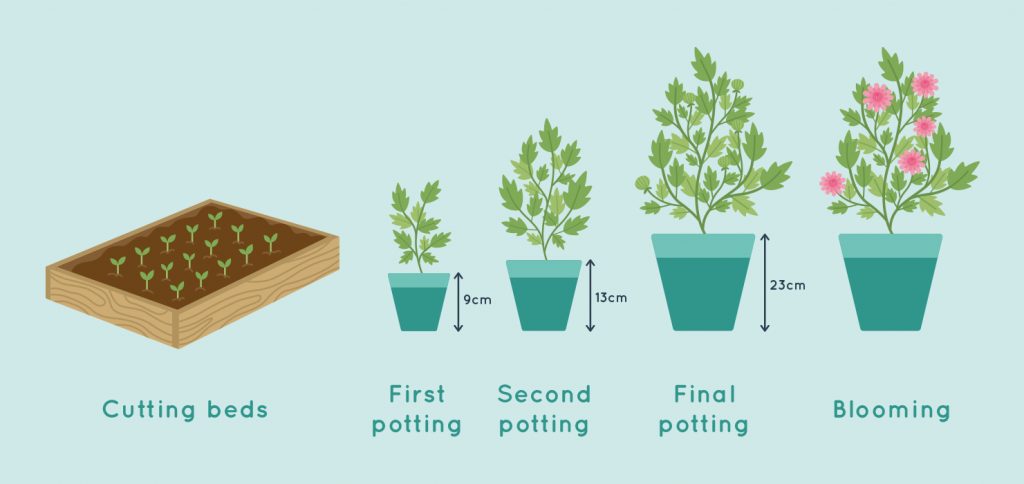
For a more detailed look at the growth cycle of chrysanthemums (and what to do at each stage), Ivor Mace has a great guide over on his site:
He’ll walk you through what size pots to use, what compost mix to use and when to time each stage. Note that Ivor is in the UK, so if you’re in the Southern Hemisphere then you’ll need to use different timings!
Another guide you might want to read up on is one provided by the Darlington Chrysanthemum and Dahlia Club:
First Potting – Darlington Chrysanthemum & Dahlia Society
Potting Soils & Compost
As the saying goes, you are what you eat, and the same can be true for plants. So if you’re serious about growing amazing chrysanthemums, then you must ensure that they’re fed just right.
This means getting the soil medium just right too. There are lots of types of soil and compost to use here, so using the optimal type of soil at the right time can be tricky if you’re trying to figure things out for the first time.
Fortunately, there are people who have done the hard work for you. Two resources that you can rely on here are by the National Chrysanthemum Society in the US and Ivor Mace (once again):
Soil Composition and Management – National Chrysanthemum Society
Chrysanthemum Cultivation – Ivor Mace
If you prefer to follow the status quo, then you might want to read up on the work done by the John Innes Institute in the 1930’s. They attempted to standardise the types of soils used and you can read more about it here:
John Innes Potting Compost – Royal Horticultural Society
And here are some illustrations of the above John Innes Potting Composts:

Fertilisers
If you’re growing mums for your own pleasure and are happy with the results you get, then you can probably skip this step. However, if you want to get more out of your blooms or potentially even exhibit them at a show, then fertilisers can help you do that.
The following guide is a good primer on the use of fertilisers for growing chrysanthemums:
Fertilizers for Chrysanthemums – Gardening Know How
And here’s an interesting video on making your own:
https://www.youtube.com/watch?v=xyg9HH_xbJE
Where to Get Plants
If you want to grow nice plants yourself, then it kind of goes without saying that you’ll need to get your hands on some plants.
If you’re a casual grower, then sourcing plants isn’t hugely important, but if you become serious about growing the best flowers possible or showing your flowers, then you’ll want to make sure that you’re starting with the best possible stock.
One of the most recommended ways to do this is through friends or people that you’ve met through local clubs. They’re often easy to get your hands on and probably good quality.
However, not everyone has access to this method, so these people will have to rely on commercial growers.
Finding specialist growers that you can rely on to supply you with the highest grade chrysanthemums isn’t always easy, but we’ve gone and put together a guide that lists all the reputable suppliers that we could find.
Here it is:
The Best Chrysanthemum Suppliers in the Anglosphere
Pests & Diseases
Unfortunately, we humans aren’t the only creatures interested in chrysanthemums. Dealing with pests and diseases is necessary for any serious gardener, so it’s best to learn a bit about them before your plants are taken over.
Clemson University has created a great guide that covers most pests that your chrysanthemums will encounter, as well as how to get rid of them.
Chrysanthemum Diseases & Insect Pests
Here are some further links if you’re interested in reading up a bit more about the most common few pests and diseases.
Aphids
Bob Vila: How to Get Rid of Aphids
Thrips
Thrips: How to Identify and Get Rid of Thrips ASAP
Earwigs
Earwig Control Facts: How to Get Rid of Earwigs
Leaf Spot
Bacterial and Fungal Leaf Spot
Rust
Powdery Mildew
Organic Ways to Kill and Prevent White Powdery Mildew
Judging Criteria
If you’re going to take the plunge and enter the world of chrysanthemum exhibiting, then one of the first things you’ll want to acquaint yourself with is the judging criteria. After all, if you’re not sure what the judges are looking for then you’ll never be able to win.
The exact criteria depend on where you are located. If you’re in the UK, then Paul Barlow has put together a really good guide here:
http://www.chrysanthemums.info/Judging/judging.htm
The specific criteria of other associations are a little harder to find, so if you’re outside the UK, you’ll want to contact your local association to find out the details.
Final Thoughts
That’s all folks. By using the links contained in the guide above you should be well on your way to growing amazing chrysanthemums; regardless of whether you just want to spruce up the garden a bit or show your flowers at an exhibition.
If you’ve got some further questions or further topics you’d like to learn about, let us know in the comments section below!
Credits
This guide couldn’t have been put together without help from a number of people in the chrysanthemum community.
So a very big thank you to the following people:
- Ivor Mace & Paul Barlow
- Geoff Gooding (Humberside Chrysanthemum Society)
- Ann Polera (Canadian Chrysanthemum & Dahlia Society)
- Jerry Platt
- Lyn Kinross-Trust
- Carl Slusarczyk (WA Chrysanthemum Society)
- Sue Joyner
- Kelvin Vincent (Darlington Chrysanthemum & Dahlia Soc.)
- Alan Carole
- Todd Brethauer (Old Dominion Chrysanthemum Soc)

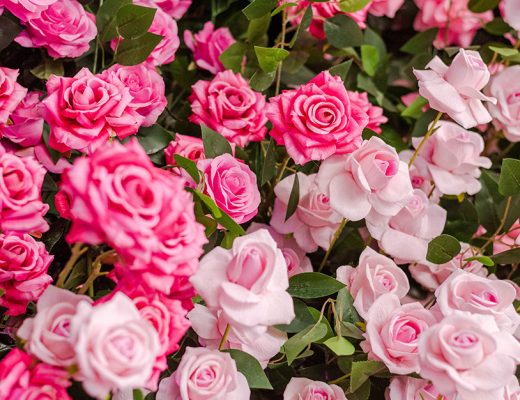
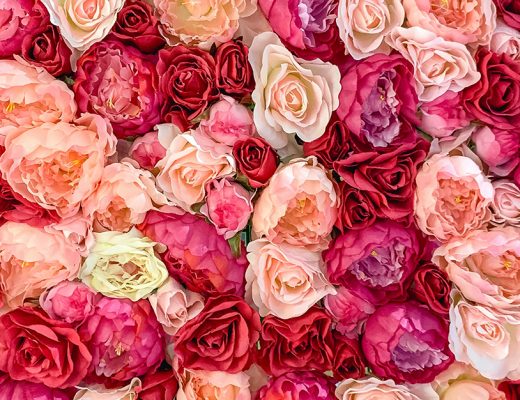
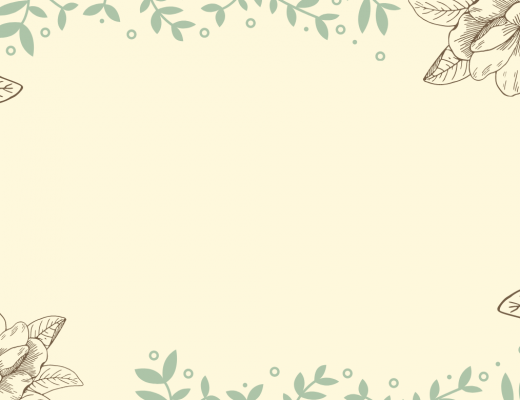
No Comments